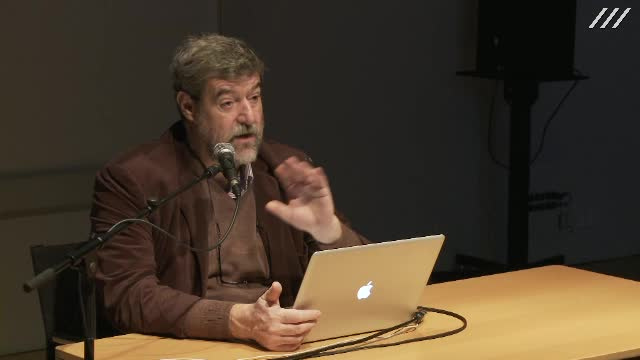Daniel Teruggi: Do We Need New Machines to Make New Music?

- Date
- Duration
- 43:39
Description
Since the beginning of electroacoustic music at the end of the forties, there has been a continuous need for new machines. New machines meant and mean new possibilities and new trends for music. Machines tend to loose interest once they are mastered or have served several times. However, after a certain period of time, interest seems to regain on them and new compositions are done. Where is the interest, what has changed with time? How do mental structures adapt to new environments?
Born in Argentina in 1952, he has developed his professional career in France, where he lives since 1977. Composer and researcher, he works since 1981 in the Ina (National Audiovisual Institute) in Paris, in the GRM (Musical Research Group, founded by Pierre Schaeffer en 1958). He has been the Director of the GRM since 1997 as well as director or the Research department in Ina since 2001. Since 2008 he is co-directing Ina’s new department, Ina Sup, dedicated to audiovisual and multimedia education, training and research. He has composed nearly 80 works, mainly for the concert and always using electroacoustic devices with or without acoustic instruments. He is the author of numerous research articles related to sound and musical perception as well as musical analysis. In recent years he has been actively working on the preservation of audiovisual collections and particularly the case of electroacoustic music, where content and container are strongly linked and where the traditional models of conservation are not effective. He has been the coordinator of the FP6 European project PrestoSpace.
Actually coordinating the FP7 European project PrestoPRIME and participant in the Europeana project. He is founding member of the Electroacoustic Musical Studies network, in charge of an annual conference on electroacoustic music analysis.